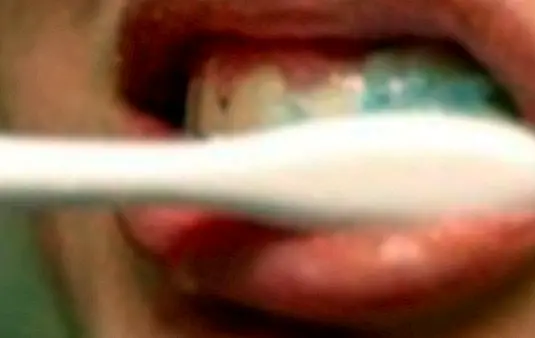How to take care of the diabetic foot and tips to avoid complications
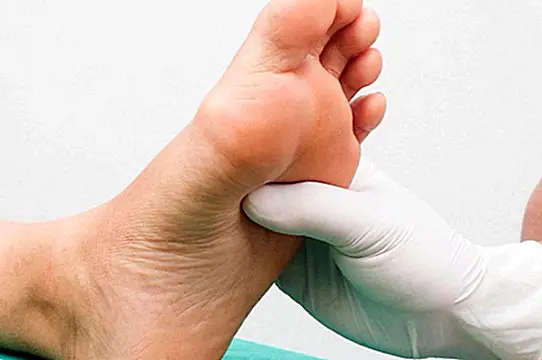
Why is it important to take care of the diabetic foot?
The diabetes It is a multifactorial disease that affects, in some cases, very negative to practically all parts of our body: organs, tissues, skin ... Particularly, it tends to cause damage to both nerves and blood vessels, causing the passage of the years a loss of sensation in the feet.
This causes the affected person to be able to feel when a sore, blister, cut or even a more serious wound occurs on either of his feet. As a result, it is possible that these lesions become infected or ulcerate, precisely because it has not been detected or cleaned in time. When the wound is very serious it can lead to a much more serious situation: the amputation of the affected limb.
But this loss of sensitivity is not the only thing diabetes can cause in the legs of affected patients. For example, the damage to the different blood vessels can negatively influence that these they do not receive enough blood and oxygen, which precisely has a negative influence on the previous situation: the foot takes longer to heal when an infection, sore or wound occurs. They are a series of complications that is medically known as diabetic foot.
Useful tips to take care of the diabetic foot every day
Monitor your feet every day
Although it is a piece of advice that we should all do daily (and we forget since we always tend to wash their feet without paying attention to their condition), when you have diabetes it is almost an obligation.
As we mentioned, when glucose levels are high, in the long term it tends to cause damage to nerves and blood vessels. This damage is greater in those areas furthest from the heart, as for example is the case of the legs.
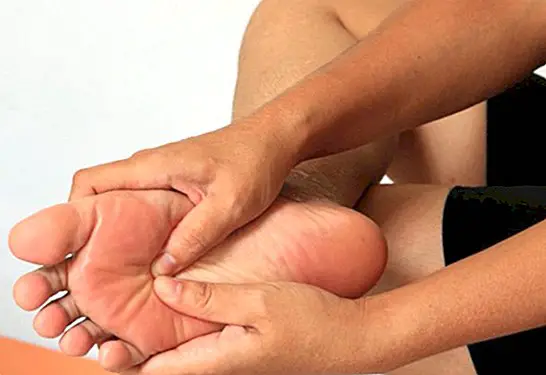
As a consequence, some sensitivity is lost, so that the diabetic - or diabetic - does not realize when a part of their feet is injured or damaged, which over time and without proper treatment and cleaning can derive in more serious problems.
Thus, the key is to monitor the feet every day at the time when you are going to wash them, paying attention to less visible areas such as around the toes and the heel.
It is essential to be alert to problems such as blisters with fluid or swelling, reddish spots, cuts, sores, corns or calluses, as well as hot areas.
Check and cut your nails with care
Large and badly cut nails can wreak havoc on nearby areas of the foot, as they can damage surrounding skin and cause injuries that a person with diabetes may not notice until it is too late. In fact, if these types of injuries and wounds are not cleaned and treated, they can easily become infected.
Therefore, within the habitual hygiene routine of the feet, it is advisable check the nailsto analyze its status, and if necessary, cut them carefully. If you are very old or just can not do it yourself you can ask for help from a close relative or your doctor.
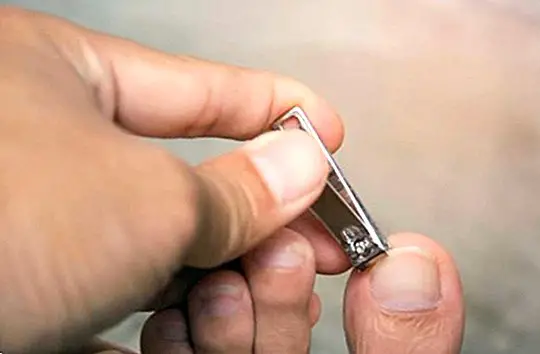
When you have diabetes it is very important to avoid common problems of the nails, as for example is the case of ingrown toenails(occurs when some of the edges of the nails grow buried in the skin).
To prevent the nails from becoming incarnated, the key is in always cut them in a straight line, with the help of a nail clipper, and not cut the corners of the nails to avoid possible small wounds of which we do not realize.
Maintain proper hygiene
Just as it is important to monitor the general condition of our feet, and cut the nails when necessary, it is as fundamental as it is important to always try to maintain proper foot hygiene.
For this, it is advisable to always wash your feet with warm water and soap. In addition, it is not advisable to leave the feet soaking, since this will dry the skin (and in case of diabetes is not very appropriate).
When you finish, dry your feet well, especially between your fingers, since it is an area that easily tends to retain a lot of moisture.
Other useful tips that will help you take care of your feet
- Maintain adequate blood flow in the feet:It is vitally important that the blood flow is maintained, especially if you have diabetes. For example, you can put your feet up whenever you are sitting, and move your toes for a few minutes each day. In addition, it is advisable to exercise regularly.
- Use shoes and socks:It is not advisable to walk barefoot or with socks, even if we are at home. It is best to always wear comfortable shoes, and do so with socks.In addition, you should check the inside of the shoes that you are going to put on each day to avoid if there are pebbles that can cause damage.
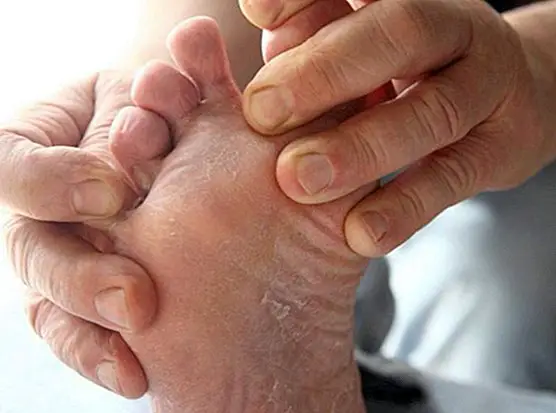
Is it possible to avoid complications in the diabetic foot?
Yes of course. The key is to control blood sugar levels, especially after the diagnosis of diabetes has occurred. And, in addition, it is advisable maintain an adequate and good hygiene of the feet. For this, it is necessary to check them and wash them properly every day. In addition, it is necessary:
- Keep the skin of the feet hydrated and sufficiently moisturized.
- Cut your nails regularly. In this way we will avoid possible damage caused by large nails.
- In case of filing calluses and calluses, always do it gently and with care.
It is also advisable to try to protect the feet from both cold and heat, since sudden changes in temperature tend to have a negative influence.
On the other hand, it is essential to maintain an adequate blood circulation. How? It is one hundred percent advisable to practice regular and moderate physical exercise, every day, for at least 30 minutes. This helps positively not only in maintaining good circulation, but also in reducing blood glucose levels. This article is published for informational purposes only. It can not and should not replace the consultation with a Physician. We advise you to consult your Trusted Doctor. ThemesDiabetes

